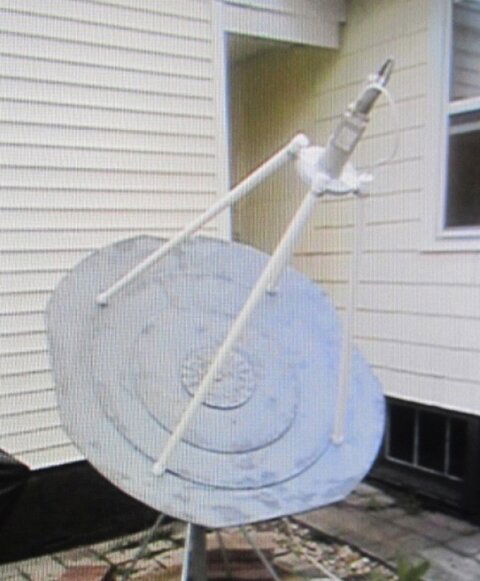Going through my saved photos I noticed some pictures showing experimental satellite dishes made from stepped-up rings. I am curious why anybody would attempt to build such devices. The electromagnetic waves, reflected from different rings, most likely would interfere and cause possible cancellations. Such a design can work for solar cookers, hardly for satellite reception. What would be possible advantage for trying such a design? Any opinion from our seasoned Members?
Regards, polgyver
Regards, polgyver



